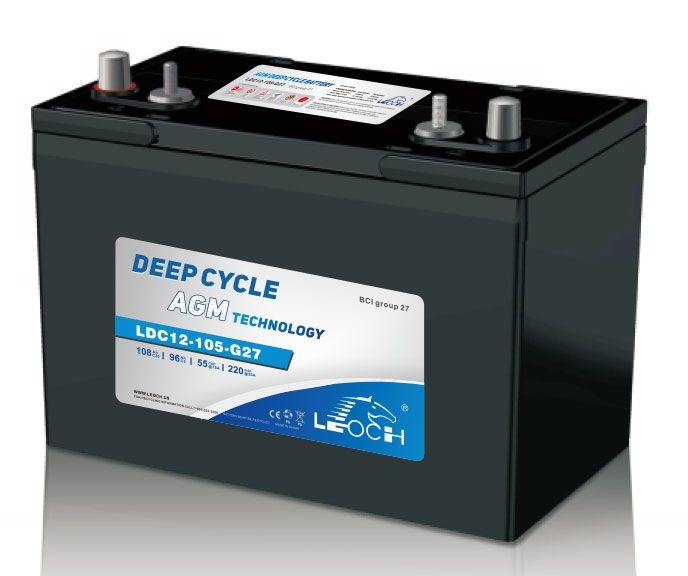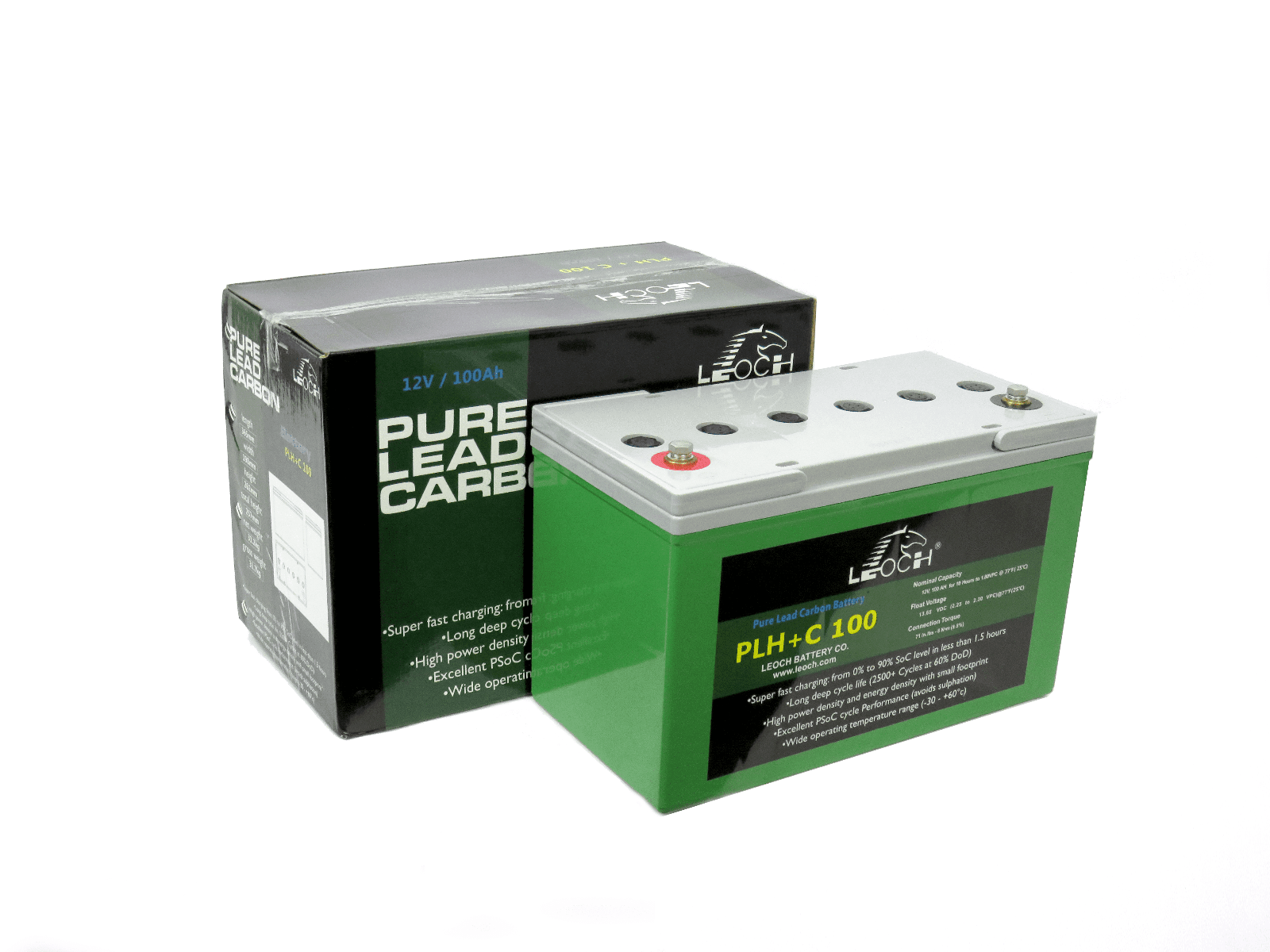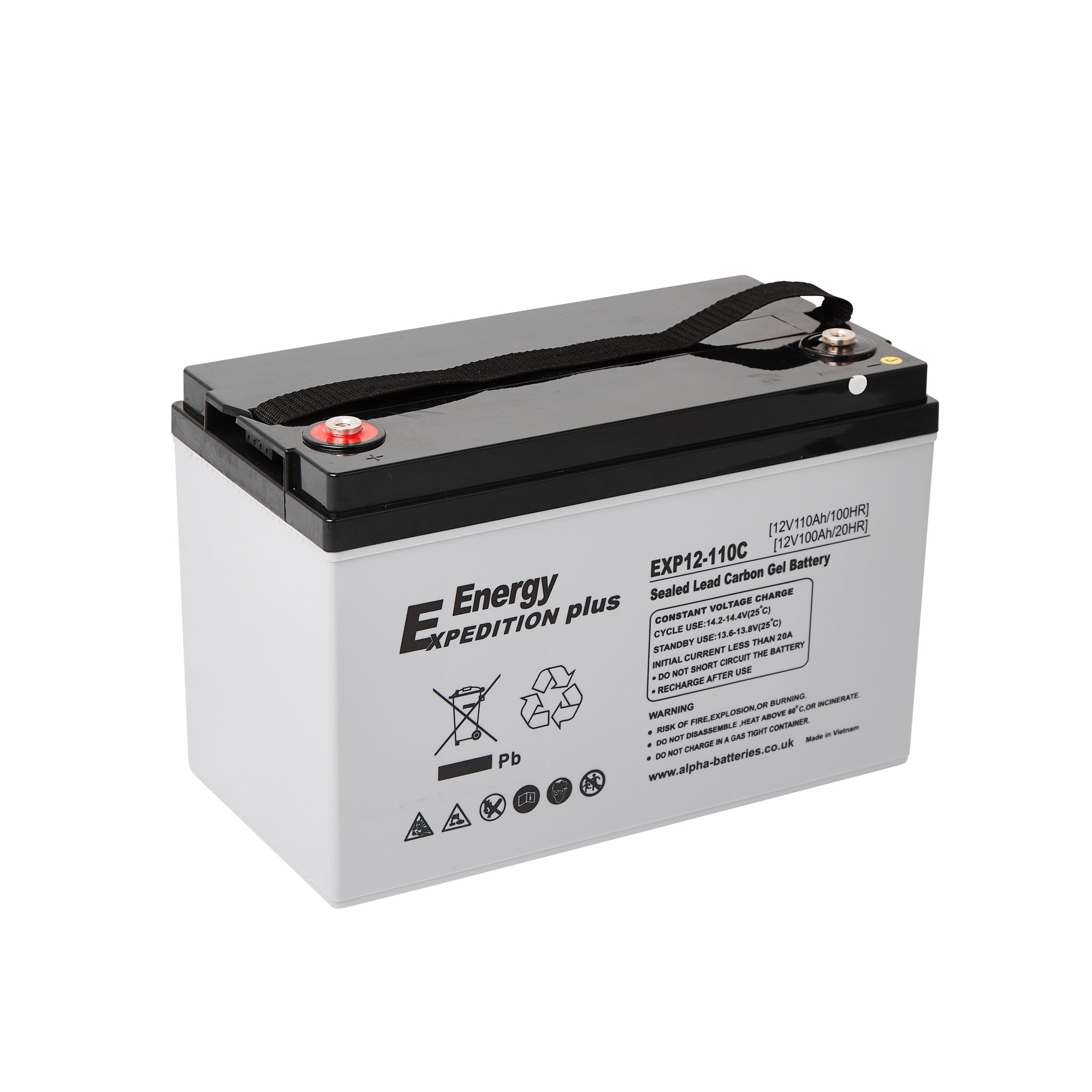RogerIvy
LIFE MEMBER
- Sep 29, 2007
- 962
- 1,798
- Funster No
- 475
- MH
- C Class
- Exp
- Motorhoming since 2006, 30 years tent camping in Africa
Has anyone changed over to these and if so can you comment on your experience?





